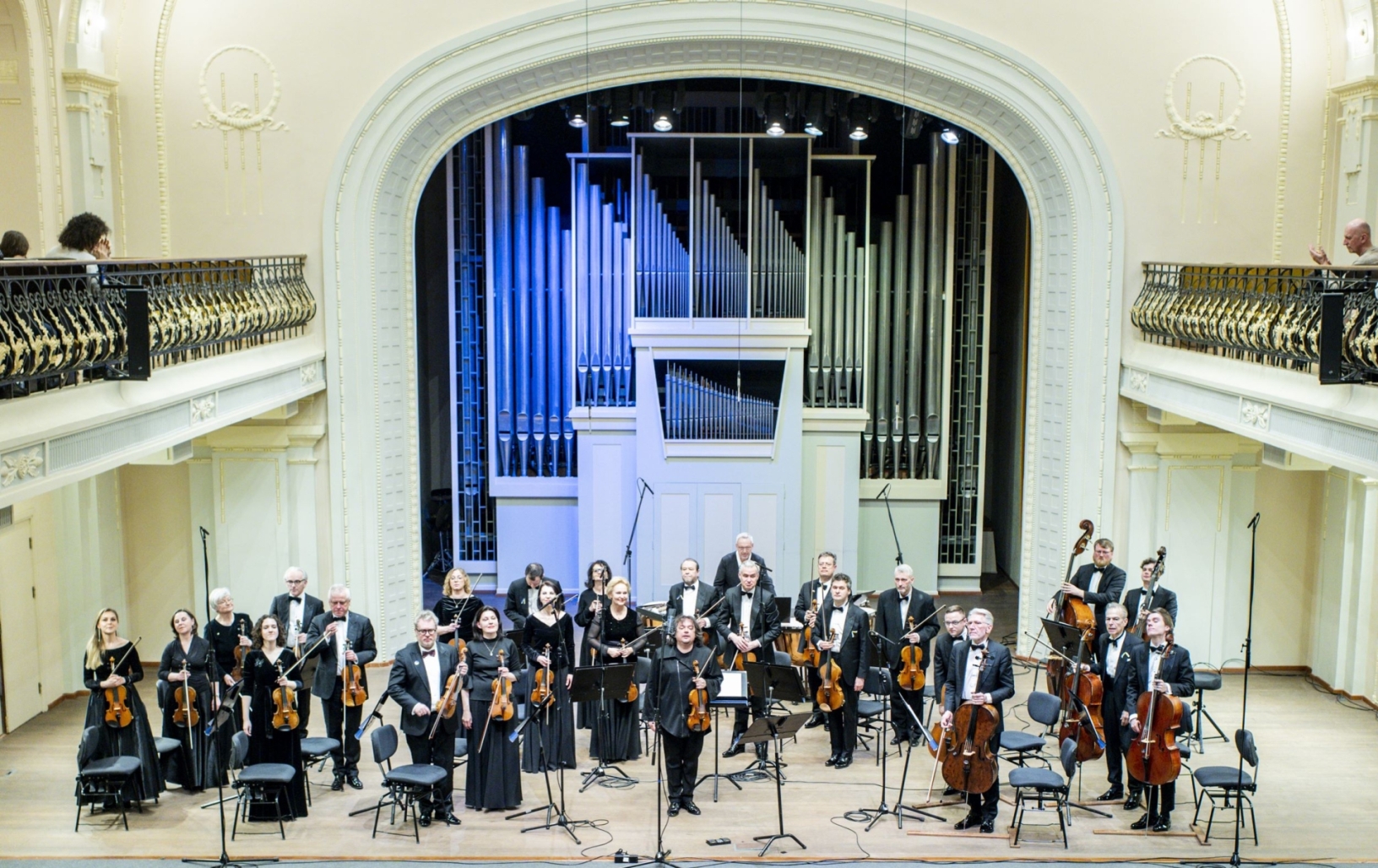Carnival of the Animals
Performers
LITHUANIAN CHAMBER ORCHESTRA
(artistic director and conductor Sergej Krylov)
Soloists: LUKAS GEDVILAS (piano), NERINGA VALUNTONYTĖ (piano)
Conductor MODESTAS BARKAUSKAS
Hostess of the concert JOMANTĖ ŠLEŽAITĖ-PAUKŠTĖ
Programme
Camille Saint-Saëns’ suite Le carnaval des animaux (Carnival of the Animals) for two pianos and orchestra
About
French composer Camille Saint-Saëns’ fantasy Le carnaval des animaux (The Carnival of the Animals) is a programmatic suite of fourteen pieces, full of humour and apt bucolic imagery. The composer wrote it in 1886 as a joke for a concert of fellow performers that was to take place during Mardi Gras. Saint-Saëns later banned the printing and public performance of this occasional music, not wanting to be labelled a composer of ‘frivolous’ music. The only one he did not ban was Le cygne (The Swan), which immediately became popular. And the entire Le carnaval des animaux was performed only in private venues until the composer’s death in 1921.
In the short piano-played Introduction et marche royale du lion (Introduction and Royal March of the Lion), an exotic theme imitates the roar of a lion. Poules et coqs (Hens and Roosters) are very realistic, with Hémiones (animaux véloces) (Wild Asses: Swift Animals) leaping incredibly fast in their wake, contrasting with the unwieldy Tortues (Tortoises), whose cancan is played at the slowest possible tempo. L’éléphant (The Elephant) is introduced by a witty double bass, which clumsily plays the graceful and delicate melody of Héctor Berlioz’s Ballet des Sylphes. The pianos imitate the whimsical leaps of Kangourous (Kangaroos), followed by Aquarium. Personnages à longues oreilles (Characters with Long Ears), the critics, are characterised by shrill whistles and the bleating of donkeys. The pianos and clarinet depict Le coucou au fond des bois (The Cuckoo in the Depths of the Woods), while the flute illustrates Volière (Aviary). Pianistes (Pianists), not usually seen in zoos, practice the scales demonstratively. Fossiles (Fossils) create an image of antiquity. The cello playing Le cygne (The Swan) reminds us of Mikhail Fokine’s dance created for Anna Pavlova. The fantasy ends with a summing-up finale.
Introduction et marche royale du lion (Introduction and Royal March of the Lion)
Poules et coqs (Hens and Roosters)
Hémiones (animaux véloces) (Wild Asses: Swift Animals)
Tortues (Tortoises)
L’éléphant (The Elephant)
Kangourous (Kangaroos)
Aquarium
Personnages à longues oreilles (Characters with Long Ears)
Le coucou au fond des bois (The Cuckoo in the Depths of the Woods)
Volière (Aviary)
Pianistes (Pianists)
Fossiles (Fossils)
Le cygne (The Swan)
Final (Finale)



